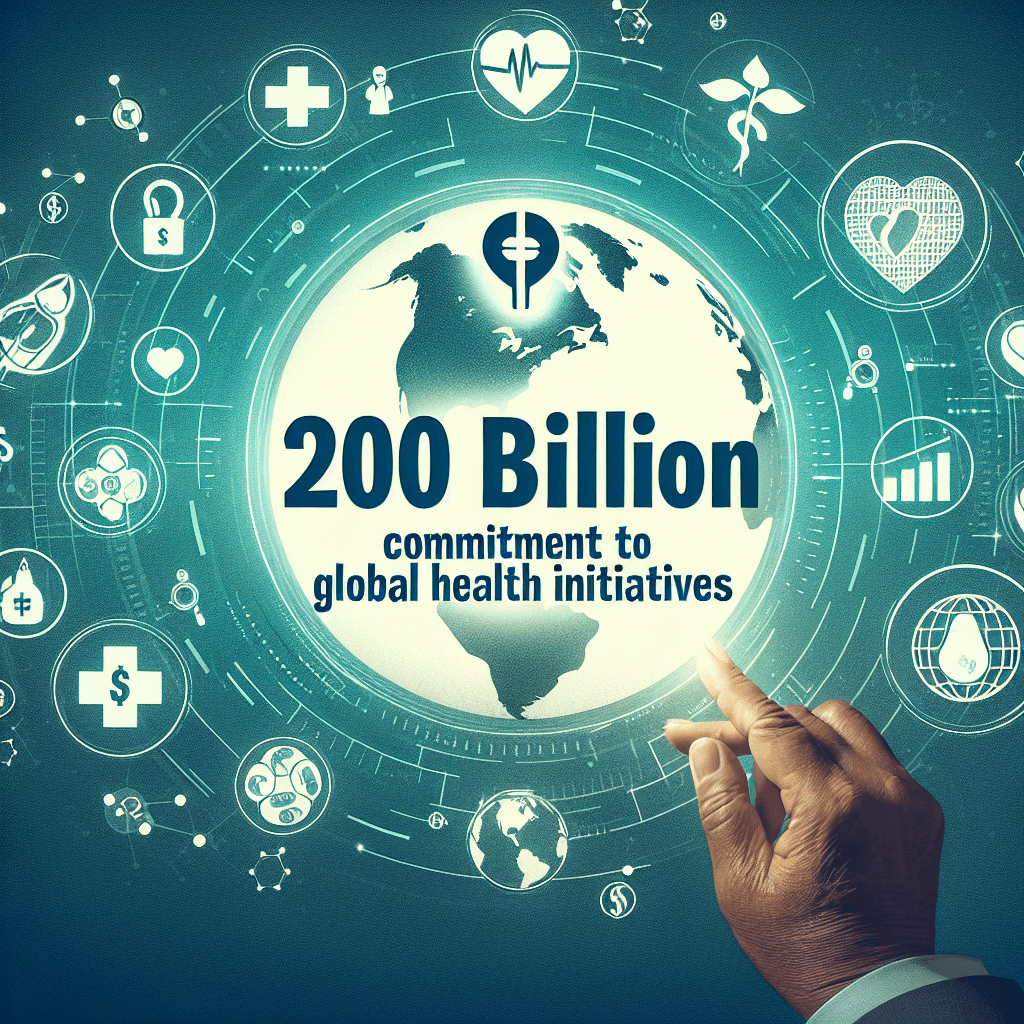Bill Gates’ $200 Billion Commitment to Global Health Initiatives

At the Gates Foundation’s annual meeting on May 13, 2025, in Seattle’s McCaw Hall, cofounder Bill Gates posed a fundamental challenge to his global staff: “How do we get people to care?” The question came on the heels of his unprecedented announcement that the foundation will deploy $200 billion over the next 20 years to reduce disease and mortality among the world’s poorest populations.
Event Highlights and Key Announcements
More than 500 staff members—representing country offices in India, China, South Africa, Brazil and beyond—filled the amphitheater opposite the foundation’s two-winged headquarters. Gates received a standing ovation as he reflected on 25 years of progress:
- Childhood mortality has fallen by nearly 50% since 2000.
- Polio cases have dropped by over 99% globally.
- Malaria mortality rates have declined by more than 40%.
“We are at an amazing milestone,” Gates said, tearing up as he paid tribute to his late father, his mother, fellow philanthropist Warren Buffett, and cofounder Melinda French Gates.
Yet the tone quickly shifted to urgency. With proposed cuts to international aid from the U.S. and several European donors, Gates warned that previous gains are at risk. “It’s going to take our very best work to get this reversed,” he said, urging staff to drive low-cost innovations that maximize every dollar.
Foundation’s Accelerated Funding Model and Sunset Strategy
On its 25th anniversary, the foundation unveiled a life-cycle spending plan that will double annual disbursements from roughly $5 billion today to over $10 billion by 2035, then ramp down operations toward a targeted closure around 2045. Key technical specifications include:
- A planned endowment drawdown rate rising from 3% to 6% per annum.
- A pivot to catalytic grants that co-finance local governments and NGOs.
- Dynamic portfolio models to reallocate funds in real time based on epidemiological data.
According to Mark Suzman, CEO of the foundation, this sunset strategy ensures that local capacity is built sufficiently to maintain progress after the foundation’s exit.
Technical Innovations in Disease Surveillance and Intervention
Experts at the meeting outlined advancements in field diagnostics and treatment delivery:
- Portable genomic sequencers: Handheld devices using nanopore technology for rapid pathogen identification.
- Long-acting antimalarials: Injectable formulations offering prophylaxis for up to six months.
- Vaccine thermostability improvements: Lyophilized mRNA platforms eliminating cold-chain dependence.
Dr. Ana Morrison, head of epidemiology at the foundation, emphasized the importance of integrating geospatial mapping with real-time reporting from community health workers to optimize resource allocation.
AI and Data Analytics in Global Health
Onstage, Gates highlighted how artificial intelligence can accelerate drug discovery and improve program efficiency:
- Machine-learning models predicting outbreak hotspots up to three months in advance.
- In silico screening of drug candidates using deep neural networks to reduce R&D time by 40%.
- Blockchain-based supply chain tracking ensuring drug authenticity and minimizing losses.
“AI is not a silver bullet, but it’s a force multiplier,” said Gates. “With predictive analytics, we can target interventions where they’ll have the largest impact.”
Financing Mechanisms and Impact Investing
Facing dwindling traditional aid, the foundation plans to leverage innovative financing:
- Social impact bonds (SIBs): Investors are repaid by donors only if predefined health outcomes are met.
- Blended finance vehicles: Public-private partnerships sharing risk across multilateral institutions, governments and commercial partners.
- Development impact guarantees: Multi-year commitment agreements that unlock tranches of funding based on monitored milestones.
Professor Elena Schwarz, an expert in development economics at Georgetown University, commented, “These tools can mobilize billions of dollars beyond aid budgets by aligning returns with social metrics.”
Sector Challenges and Advocacy Imperatives
CEO Mark Suzman warned that, “the world’s poorest people can no longer rely on strong, steady support from the world’s richest nations.” He urged intensified advocacy to restore foreign aid levels, cautioning that declining budgets have already led to program suspensions in several high-burden countries.
Staff feedback collected after the meeting described an atmosphere of optimism and renewed energy to build local capacity: “We’re energized by thinking how to work ourselves out of a job,” one program officer told Fortune.
Looking Ahead: Metrics for Success
To measure progress, the foundation will track:
- Annual reduction rates in disability-adjusted life years (DALYs).
- Year-on-year decreases in incidence of polio, malaria, tuberculosis and HIV/AIDS.
- Number of local health systems achieving sustained fiscal self-sufficiency.
Gates concluded, “Our optimism is hard-earned, grounded in data and measurable results. With innovation, partnership and commitment, I believe we can achieve more in the next 20 years than in the past 25.”